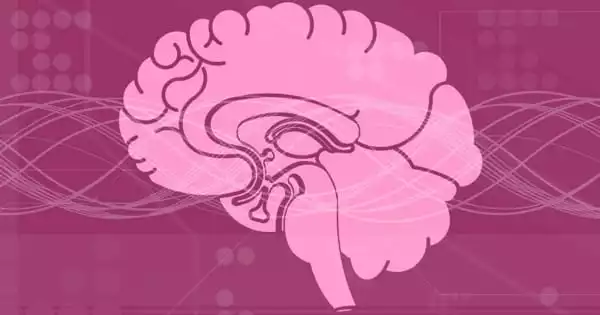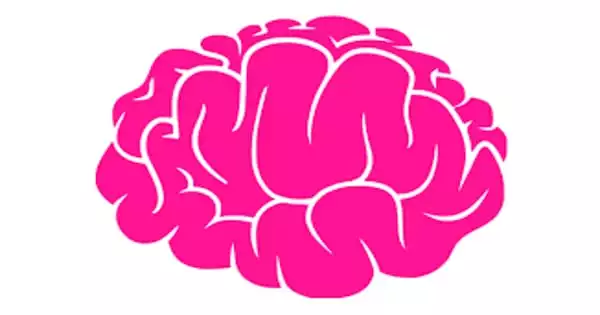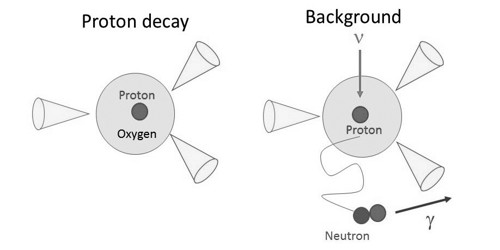Dravet syndrome (also known as severe myoclonic epilepsy of infancy) is a severe form of epilepsy that typically manifests as fever-related seizures within the first year of life. Other forms of seizures, such as myoclonus, which is characterized by short twitches of a muscle or group of muscles, and status epilepticus, which occurs when seizures do not stop or occur in close succession, may occur as the disease advances.
When seizures begin, children with Dravet syndrome develop normally. However, as the seizures continue, babies start to show signs of developmental impairment. Other signs may appear, such as changes in appetite, balance, and gait, or the child’s walking style.
Researchers from Children’s Hospital of Philadelphia (CHOP) have found that dysfunction in an important cell subtype in the brain’s neuronal network contributes to chronic symptoms in the neurodevelopmental disorder Dravet syndrome. The findings were published today in the journal Cell Reports.
Dravet syndrome is a type of genetic epilepsy marked by seizures that begin in the first year of life, as well as impairments in early development and characteristics of autism spectrum disorder. Children with Dravet syndrome have an elevated risk of dying at a young age, making effective identification and treatment of the illness crucial. More than 90% of children with Dravet syndrome have a pathogenic, or disease-causing, variation in the SCN1A gene, which produces the protein Nav1.1, a sodium channel necessary for the function of seizure-suppressing cells called interneurons, namely the parvalbumin interneuron.
Dravet syndrome affects one in every 14,000 children worldwide and has a severe impact on children and their families. We can simulate Dravet syndrome in the lab to understand precisely how the loss of SCN1A creates the clinical symptoms of the condition, which will drive the development of novel medicines and, hopefully, a cure.
Ethan Goldberg
“Dravet syndrome affects one in every 14,000 children worldwide and has a severe impact on children and their families,” said Ethan Goldberg, MD, Ph.D., a pediatric neurologist and Director of the Epilepsy Neurogenetics Initiative (ENGIN) at CHOP and the study’s lead author. “We can simulate Dravet syndrome in the lab to understand precisely how the loss of SCN1A creates the clinical symptoms of the condition, which will drive the development of novel medicines and, hopefully, a cure.”
Previous research from the Goldberg group showed that abnormal electrical activity of these parvalbumin neurons in a preclinical animal model of Dravet syndrome was only transitory, with these neurons returning to normal activity in the chronic phase of the condition. This created a conundrum for the research community: why do patients with Dravet syndrome continue to have seizures, cognitive impairment, and features of autism spectrum disorder?
Around 80-90% of Dravet syndrome cases are caused by mutations in the SCN1A gene. Hundreds of mutations in this gene have been identified that are linked to seizures caused by high fever.

The SCN1A gene codes for a protein that forms a subunit of a sodium channel called NaV1.1. This sodium channel is situated on the surface of nerve cells and regulates the entry of sodium ions into the cells, activating them and allowing them to transmit nerve signals to other cells. Nerve cells are classified into several categories. Some are excitatory, meaning they give signals that stimulate other neurons, while others are inhibitory, meaning they send signals that silence other neurons.
The deterioration in cognitive performance of children with Dravet syndrome stabilizes as they grow older. Although the degree of intellectual disability ranges from minor to substantial, the majority of teenagers and adults with Dravet syndrome rely on caretakers. Adolescent gait problems appear to worsen. Seizures tend to decrease in number and duration with age. Individuals with Dravet syndrome have a higher risk than the general population for sudden, unexpected death but that risk is still low.
The researchers created a method to test parvalbumin interneuron function at two different times in time in this investigation. The early severity of the disease is caused by anomalies in parvalbumin interneuron electrical activity, which allows neurons to communicate with neighboring neurons. Chronic dysfunction, on the other hand, was caused by impaired synaptic transmission; while parvalbumin interneurons regained the ability to generate electrical activity, this activity did not spread down the nerve or “axon” to the synapse to inhibit other neurons, as is required for seizure suppression.
While more research is needed to translate this research into direct human applications, the researchers note that SCN1A may be a viable therapeutic target for Dravet syndrome patients, especially if ways to increase its expression in the axon to overcome impaired signaling and synaptic transmission are discovered.
“A prediction of our work is that the ability to boost the expression of Nav1.1 at the parvalbumin interneuron axon may depend on the efficacy of therapies under development,” Goldberg said.
















